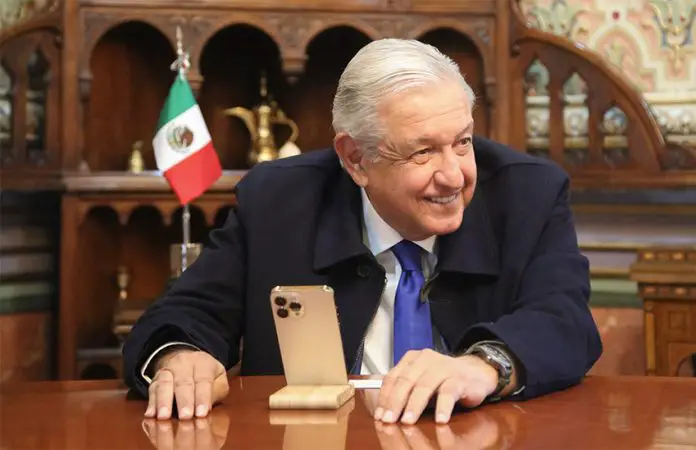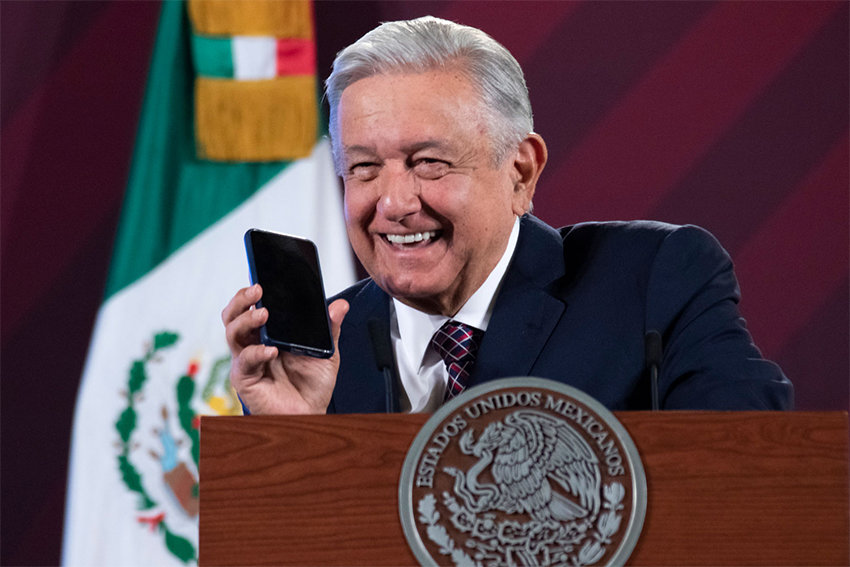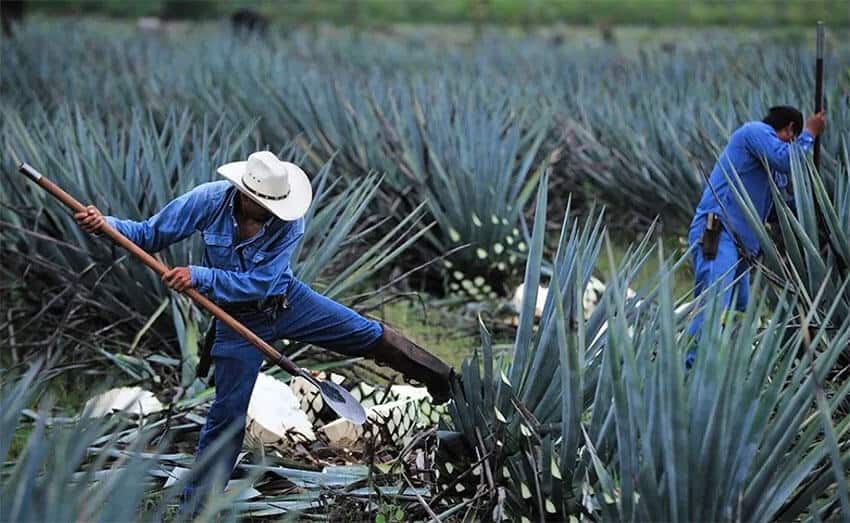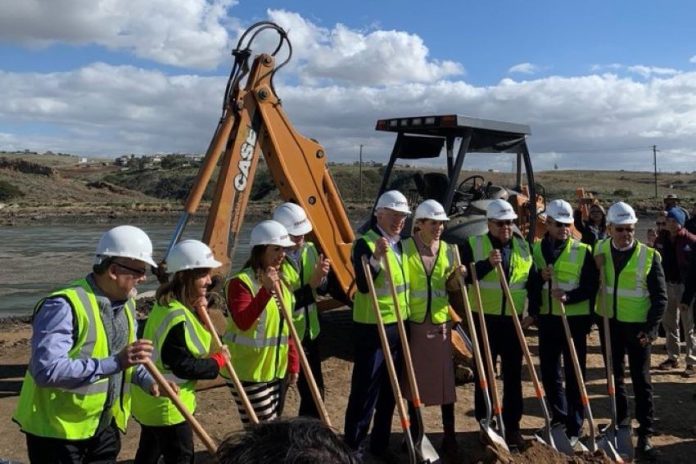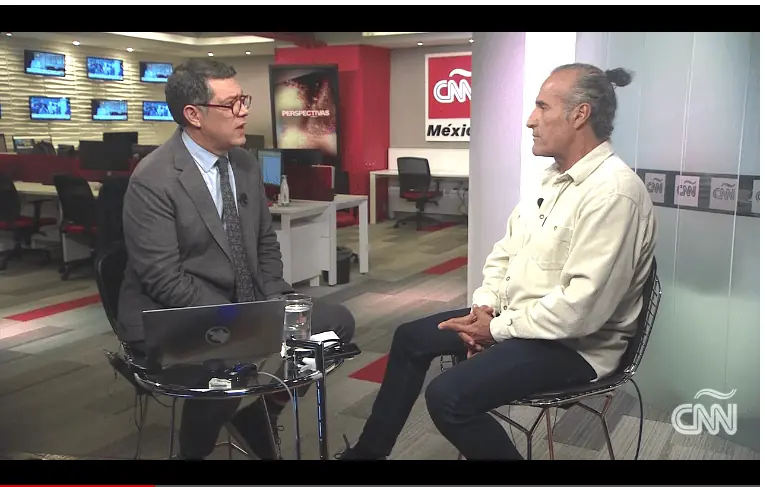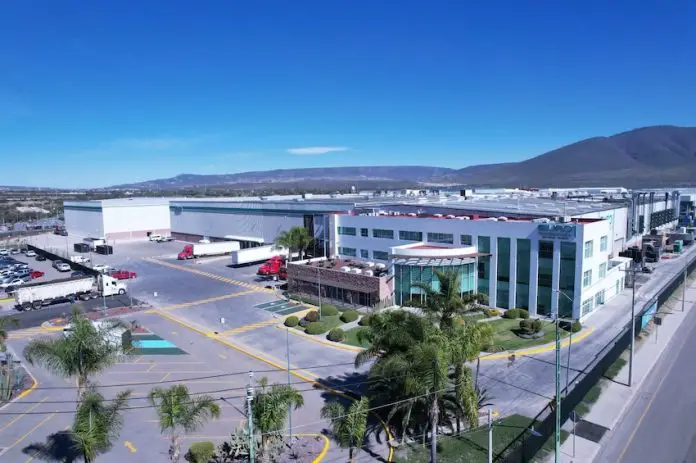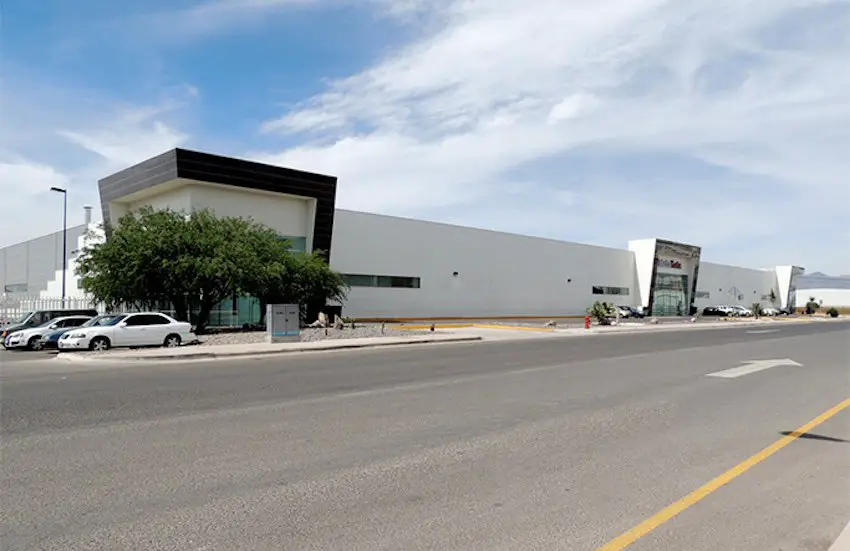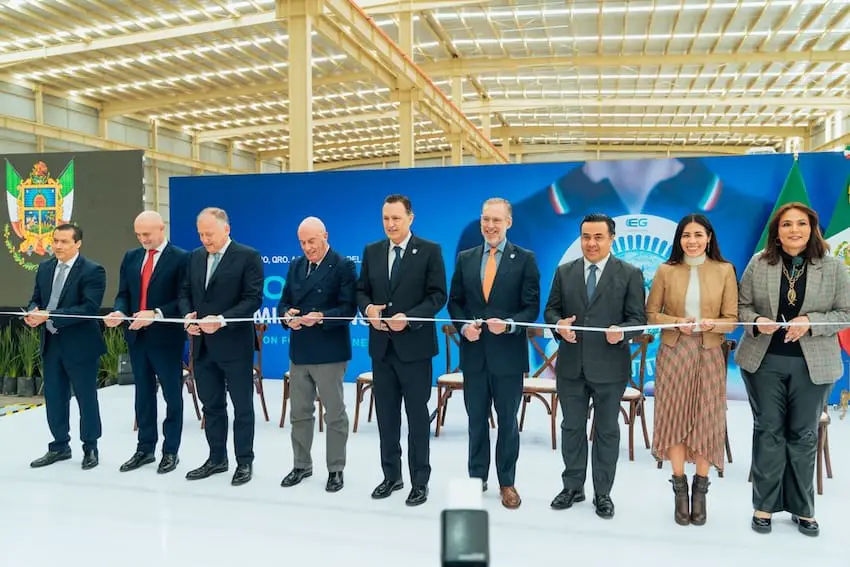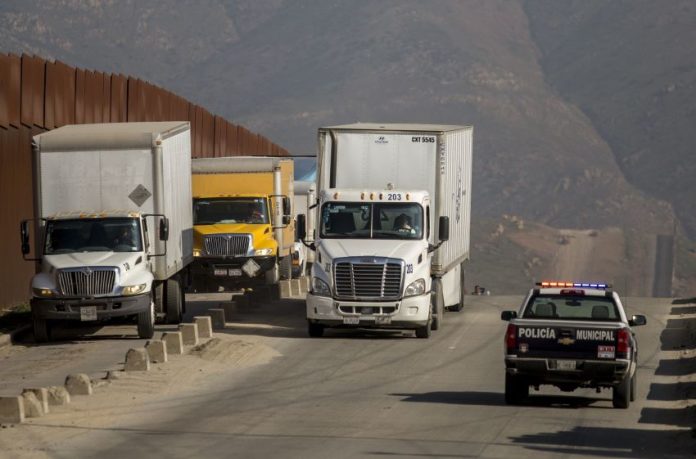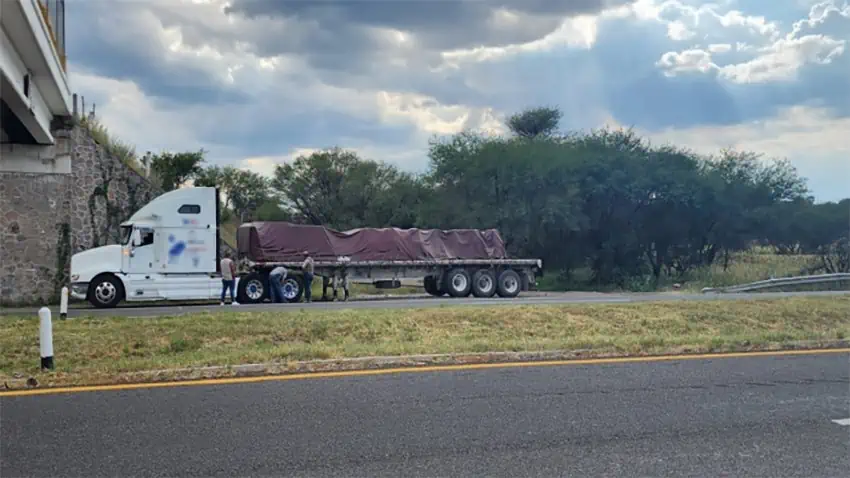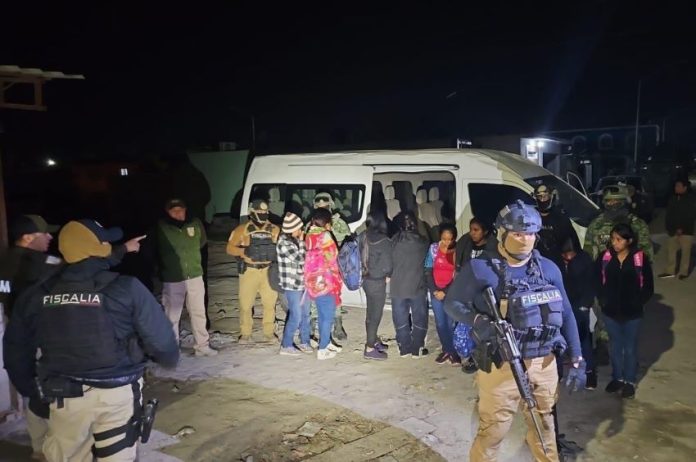Hey there, Mexican meme and humor lovers! It’s that time of the month again. Time for Mexican memes!
Here I’ll share with you my most recent curated collection, along with translations and explanations. If you’re a Spanish-language learner, I especially recommend becoming a meme connoisseur (or conocedor, if you will): they’re short, sweet, and don’t take too much explanation! Call it a hunch, but chances are things that make you laugh will stick in your brain longer.
Finally, a quick announcement: the memes article is switching to an every-other-week format rather than weekly, so be sure to keep your eye out for them – But for now, just sit back and enjoy.
![]()
Meme translation: “Dear Capricorn, stop looking at everyone like this.”
What does it meme? Ah, January: Capricorn season. There’s a whole series of these memes (one for every sign), but this one cracks me up the most because it’s just so on the nose! One of my best Capricorn friends pretty much looks exactly like this all the time. For those of you who sheepishly count astrology as a hobby, these are comedy gold!
![]()
Meme translation: “I was jus’ stabbed, where’s the nearest hospital??” (tap tap) “Just*”
What does it meme? There are spelling and grammar snobs in every language, aren’t there?
One common mistake that native Spanish speakers in Mexico (those who don’t care much about proper writing, anyway) make when writing is using the “b” and the “v” interchangeably. The pronunciation for both of them are virtually the same, kind of halfway between the ways they’d each be pronounced in English. I’ll admit that it’s grating to see, but who am I to be correcting my hosts’ writing? I’ll just let Bill keep taking care of it.
![]()
Meme translation: “Look! That dude flips his tortillas with a spatula!”
What does it meme? Have y’all seen the way people heat their tortillas around here? They don’t mess around.
Some might use a comal (a griddle) if they’re doing a lot all at once, but most people just plop them directly on top of a burning blue circle of fire on their stove, then grab them and flip them when they think it’s time to heat the other side. A few turn down the heat before they flip it at least, but in my experience, that’s not a common step.
Conclusion? They are hardcore and not at all afraid of fire. Me? I try my hardest to do it the Mexican way, but turn the flame waaaay down, before spending a few seconds to psych myself up before flipping it as fast as possible.
![]()
Meme translation: “To have love.” “To have money.” “To have a millionaire adopt me and take me to fight crime and the forces of evil with him.”
What does it meme? If you were here on New Year’s, you might be aware of the…underwear tradition. If you wear yellow underwear on the new year, it will bring you luck in money, and if you wear red, luck in love. Other variations have been introduced as well, but red and yellow are the most recognized staples. If you’ve got more lofty goals than the pedestrian wishes for love and money, you might have to get creative like that Robin wannabe!
![]()
Meme translation: “Bats locate their food using sound.” “Como la flor, como la flor (Like a flower)” “Con tanto amor (With so much love)”
What does it meme? You probably already know this fun fact about bats, which are basically blind. But did you know that in addition to locating their food from how their echos bounce off of it, they can find them by tricking the insects into singing Selena songs?
This meme had me cracking up to the point that I was actually gasping for breath. If you don’t know Selena’s famous Como la Flor song (a staple of karaoke bars everywhere) you’re missing out! And if you do know it, I dare you not to sing the next line when you hear that first part of the chorus: it’s as unlikely as Texans keeping quiet after someone sings “The stars at night are big and bright…”
That insect doesn’t stand a chance.
![]()
Meme translation: “Happy holidays to my virtual friends… I only added you to steal your memes, but your memes stole my heart.”
What does it meme? I feel this one in my bones! I am basically on Facebook and Instagram exclusively for the memes: nothing else there interests me. Thankfully the algorithms have figured this out and obliged. I’ve found some great ones, right?
![]()
Meme translation: “I will say everything, and there will be signs, and I’ll post stories because I cannot keep quiet.”
What does it meme? Y’all remember that meme format that went around for a while that was basically “When I’m rich I won’t say anything, but there will be signs” and a picture of something ridiculous like a dump truck full of chicken nuggets or something? It was popular in Spanish, too (“No diré nada pero habrán señales…”).
I’ve never identified with that though, because I can’t keep anything a secret. Lucky for my confidants, I’m pretty spacey and have a terrible memory, so more often than not promptly forget their secrets before I have a chance to tell anybody. So I’m with this bunny: if anything changes with me, you will know everything!
Sarah DeVries is a writer and translator based in Xalapa, Veracruz. She can be reached through her website, sarahedevries.substack.com.

